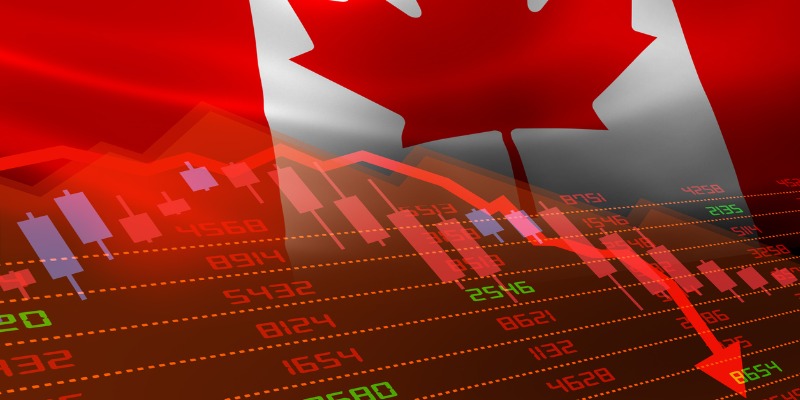Inflation—why now and not post-2008?

The key question is not why inflation has broken out: the monetary expansion since winter 2020 made that inevitable. But why inflation didn’t take off after the monetary expansion in the aftermath of the 2008 banking crisis. The fact that it didn’t may have convinced economists that monetary expansion no longer causes inflation. Alas, that was the wrong lesson to learn.
In 2008 the U.S. financial system experienced massive asset destruction when the housing bubble burst, taking down a superstructure of derivative mortgage products. To keep banks afloat the Federal Reserve began creating money and purchasing assets. The U.S. monetary base went from the now-quaint level of US$850 billion in August 2008 to more than US$2 trillion in March 2010. Occasional attempts to slow its growth thereafter caused sharp drops in the stock market, which forced the Fed to keep easing. By late 2014 the monetary base had topped US$4 trillion.
But where was the inflation? It didn’t happen because people weren’t borrowing and/or the banks weren’t lending. U.S. bank excess reserves held on deposit at the Fed had historically been an even more quaint US$2 billion or less, but after 2008 they put the flood of cash on deposit at the Fed, accumulating US$2.6 trillion in excess reserves by late 2014. This resulted in declining velocity of circulation, which neutralized the effect of the monetary expansion.
Things began to change after 2016. From October 2017 to September 2019 the Fed managed to taper the monetary base from US$3.8 trillion to US$3.2 trillion. But real economic activity was surging, led in part by the Trump administration’s tax cuts and deregulation of U.S. energy and domestic manufacturing. Banks began pushing loans out the door, reducing excess reserves from US$2.1 trillion to US$1.3 trillion. The combination of increased lending, Fed tightening and real economic growth soaked up the circulating money and inflation couldn’t get started.
Then came COVID. In January 2020 the U.S. monetary base was holding steady at US$3.4 trillion. When the shutdown occurred and federal spending soared the Fed flooded the market and by May 2020 the monetary base had reached US$5.1 trillion. There was a brief pause in the latter half of 2020, then starting around November 2020 it began growing again, hitting US$6.4 trillion in November 2021. That’s a 7.5-fold increase in the U.S. monetary base from 2008 to 2021.
Once again the banks held on to the new money as excess reserves, which doubled from US$1.5 trillion to US$3.2 trillion between February and May 2020. But in March 2020, to encourage more lending, the Federal Reserve enacted a rule change that eliminated reserve requirements. Most people think banks hold a fraction of deposits on reserve in case customers want to withdraw money. They used to, but no longer. In Canada we haven’t had reserve requirements since the 1990s. And since March 2020 they’re not required in the United States, either. Instead, other regulations cap the volume of loans banks can make in relation to their market capital.
Also in winter 2020 the banks experienced a rapid increase in consumer deposits because so many consumer spending categories were shut down. The combination of events resulted in a boom in total deposits in U.S. banks, which went from US$13.5 trillion in March 2020 to US$15.6 trillion by June 2020, the biggest jump ever, and the growth rate tilted upward. Deposits topped US$18 trillion by the end of 2021.
This expansion of liquidity in the U.S. banking system, coupled with the elimination of reserve requirements, is an unprecedented monetary stimulus that makes the post-2008 measures look like chump change. Unfortunately it coincided with the Biden administration’s aggressive fiscal stimulus package in 2021 and a series of negative supply shocks. The Biden administration sharply curtailed U.S. energy development, kicking off an upward trajectory of fuel costs. Supply chain disruptions that began with COVID shutdowns were exacerbated by transportation logistic problems at major U.S. ports and in the North American trucking industry. Then stimulus payments and the Great Resignation triggered a labour shortage, just as the Russian invasion of Ukraine slashed global energy and food supplies.
The combination of monetary expansion, demand stimulus and supply contraction all but guarantees an extended bout of inflation. Unlike post-2008, velocity is not shrinking to offset the monetary expansion. Since 2020 velocity has been flat, possibly because the flood of deposits and the elimination of reserve requirements has convinced banks to expand their loan portfolios. The extra money is now out in the economy while there are fewer goods for it to chase, slower job growth and less investment in expanded output.
Canada will not escape. Aside from cross-border transmission of price shocks, our monetary expansion was dramatic as well, with Bank of Canada asset holdings jumping from C$105 billion in March 2020 to C$450 billion in December 2021, most of which consisted of Canada Government Bond purchases. And we have experienced similar negative supply shocks including policy-driven restrictions on energy production, expansion of the regulatory burden and food-sector contraction due to war-induced price changes. While the Bank of Canada is beginning to shed assets (C$20 billion since December 2021) it will take sustained aggressive action to get control of the situation.
The failure of inflation to materialize after 2008 was a surprise and might have led many economists to a complacent view that monetary expansion is not inflationary. In reality, some countervailing economic forces neutralized the effects of monetary expansion for a decade, but those forces are now gone. In their wake, classical monetary theory is back. And so is inflation.
Author:
Subscribe to the Fraser Institute
Get the latest news from the Fraser Institute on the latest research studies, news and events.

